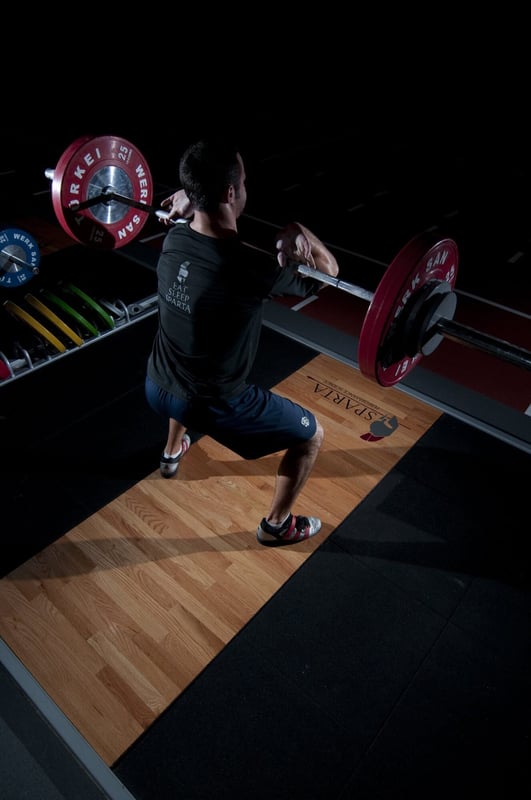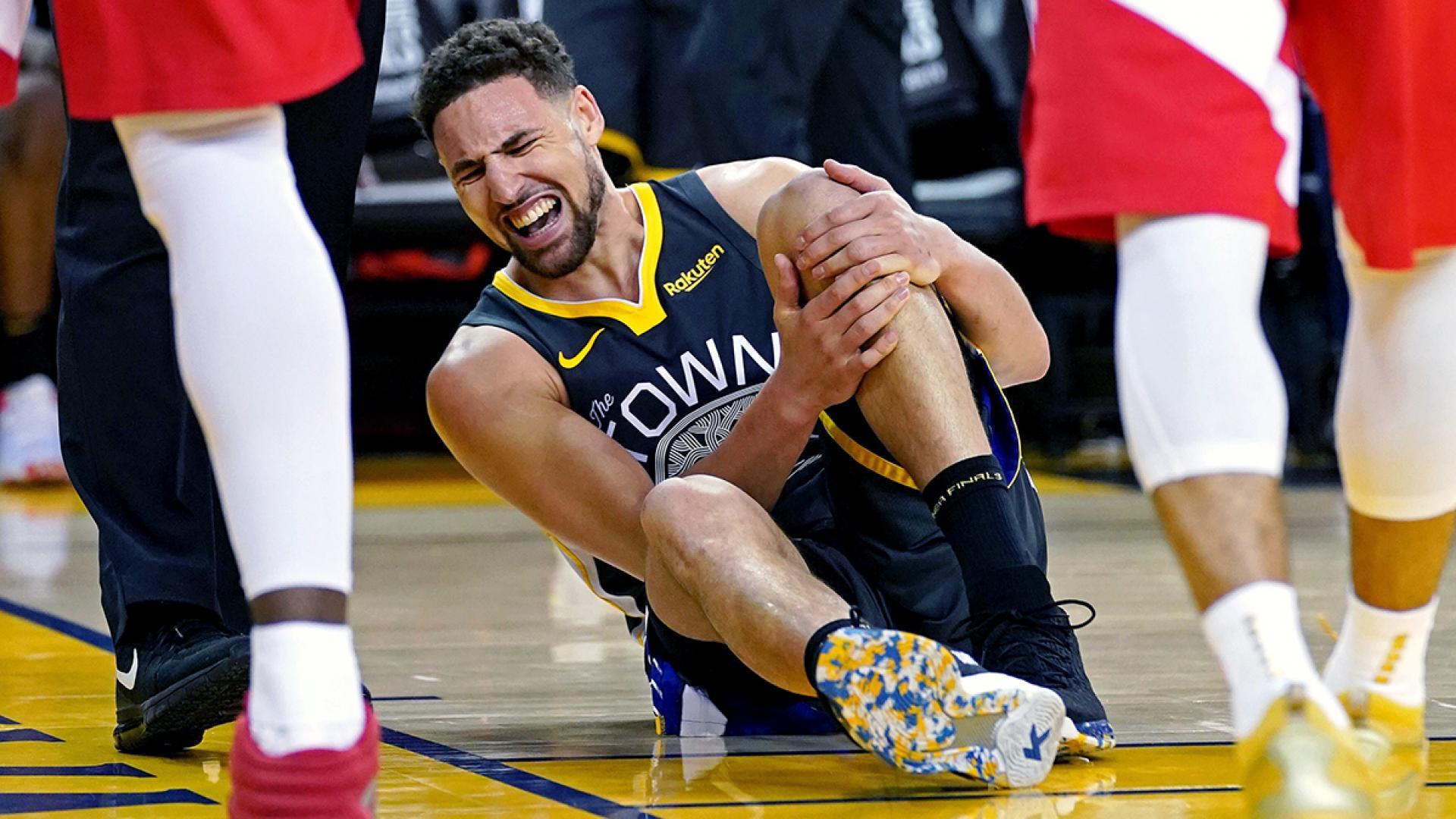
As training and fitness rise in popularity amongst the general population it’s common to hear people discussing the best exercises to do and why. While “it depends” remains a common answer, as it should, we still must recognize that research has shown specific movements elicit specific desired adaptations when planned correctly. But as we’ve all seen through the lens of social media accounts today the same exercise is not always done the same way by everyone. That’s hardly ever the case.
Through a four year study done by the Sparta Science team, we have found the squat exercise to be particularly effective in increasing Load (Avg Eccentric Rate of Force), representing the ability to generate force quickly and efficiently. It requires sufficient triple flexion, including anterior chain strength, mobility, and stiffness (quad and ankle). Efficient eccentric strength, as well as the ability to absorb eccentric forces effectively, are two critical components. That being said, those athletes who choose to train remotely instead of at Training Ground in Menlo Park, CA tend to get inferior results to those who train directly under the supervision of our coaches. Why would that be?
“It isn’t what you do, but how you do it.” – John Wooden
In regards to the squat, there are many ways to do one, but the most effective way to ignite the anterior chain and put the ankle through a full ROM (increasing Load) is by emphasizing a vertical torso which in turn pushes the knees over the toe (think front squat), which is the way our coaches cue it. The reason this is so effective is that most individuals with low Load tend to avoid flexion at the knee and ankle (usually because of pain or previous injury). This is why choosing to do more of a “hingy” squat (with vertical shin angles) won’t get as great as results. We have found that most individuals that hinge the squat tend to do so because of knee or ankle issues in the past.
With knee pain there is an initial inhibitory response; my knee hurts so I will not be very aggressive bending it. This acute situation is generally followed by a more cyclical response. Knee pain results from a lack of eccentric strength which then causes an inhibitory response, further decreasing eccentric strength. Pain leads to more pain – and the individual chooses to hinge instead of flex because of all of this.
While choosing to hinge instead of flex in practice and training may be ok for a certain amount of time, it tends to catch up because the sport doesn’t always give the option to hinge, which is why sudden flexion in the anterior chain often leads to the inability to absorb such rapid forces and ACL’s give. If only your training addressed those weaknesses and put you in those vulnerable positions…

Whether it’s high-level sports or a game of badminton in the backyard, to be battle-ready you oftentimes have to train what you don’t do very well. Previous injury and pain often tell the brain to avoid specific patterns, which we may be completely unaware of. By using objective ground reaction force measures we can clearly identify where we compensate and then use research and proper planning to provide the right stimulus to become more efficient.
So whether it’s the squat or another exercise, we must remember that it’s not always the exercise, but rather the angles and speed in which we do a movement that will create the stimulus we are after. Both the front squat and high-handle trap bar deadlift have shown great at improving Load because both are loaded in the same vertical pattern (vertical torso/knees over toes), so regardless of philosophy or training methods it’s understanding the concepts of how to improve weaknesses that end up reducing injuries and improving performance.